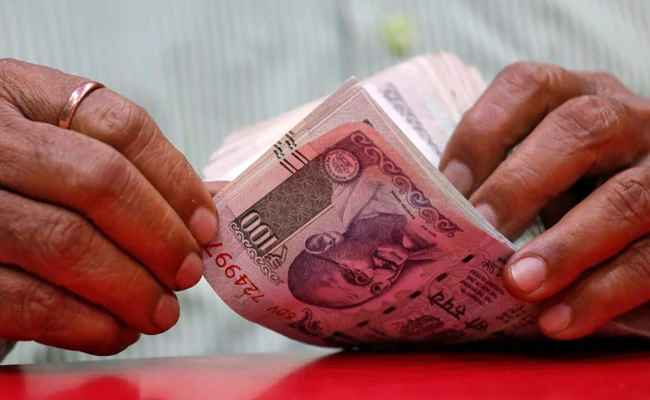India Posts Smaller Current Account Deficit As Economy ‘Normalises’

India’s current account shifted to a small deficit of $1.7 billion in the October-December quarter from a surplus of $15.1 billion in July-September, the country’s central bank said on Wednesday.
The Reserve Bank of India (RBI) attributed the change to a widening of the merchandise trade deficit and an increase in net investment income payments.
The deficit stood at 0.2 per cent of gross domestic product in the latest quarter, compared with a deficit of $2.6 billion, or 0.4 per cent of GDP, in the same period a year ago, RBI data showed.
India moved to a current account surplus for the first time in over a decade in the January-March quarter last year and touched a record $19.2 billion in the April-June quarter.
The three consecutive current account surpluses were largely caused by a decline in India’s trade deficit, which narrowed due to the COVID-19 pandemic and was also impacted by a related drop in domestic economic activity.
“The current account balance is a strong reflection of conditions normalising in the domestic economy,” said Yuvika Singhal, an economist with QuantEco Research.
She said that with the easing of coronavirus lockdowns starting in June last year, “imports galloped at a much faster pace as festive and pent-up consumer demand congregated in Q3 even as exports maintained their momentum”.
Recovery Seen Gaining Momentum
Economy returned to growth in the three months to December, expanding 0.4 per cent year-on-year, and the recovery is expected to gather pace as consumers and investors shake off the effects of the COVID-19 pandemic.
The RBI expects the economy to contract 7.5 per cent in the current fiscal year to March 2021 and rebound sharply to post a 10.5 per cent growth in the next fiscal year.
It said India’s merchandise trade balance recorded a deficit of $34.5 billion in October-December, compared with a deficit of $36 billion in the same quarter a year ago.
With repayments exceeding fresh disbursals, external commercial borrowing by India saw a net outflow of $1.7 billion in the quarter compared to an inflow of $3.2 billion a year ago.
Net foreign direct investments recorded a robust inflow of $17 billion in the December quarter compared to $9.7 billion in same quarter in 2019, while foreign portfolio investments saw an inflow of $21.2 billion versus $7.8 billion the previous year.
The balance of payments showed a surplus of $32.5 billion in the third quarter of the financial year 2021, compared with a surplus of $21.6 billion a year earlier.
The faster than anticipated recovery in domestic growth, successful controls on the number of COVID-19 infections until February this year and a quick roll-out of vaccinations all played a role in attracting foreign capital, Singhal said.
QuantEco expects a BoP surplus of over $100 billion in 2020/21 and around $55 billion with downside risks in FY22.
Source link



